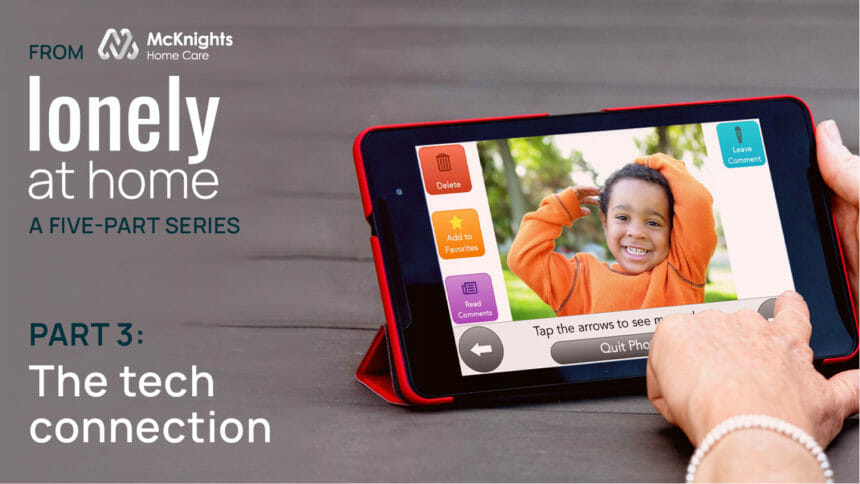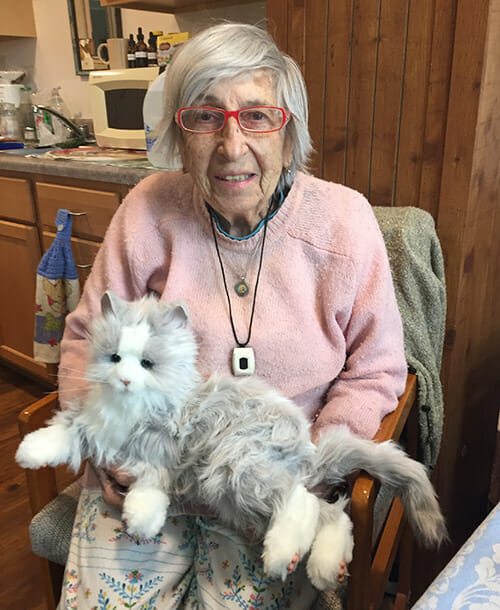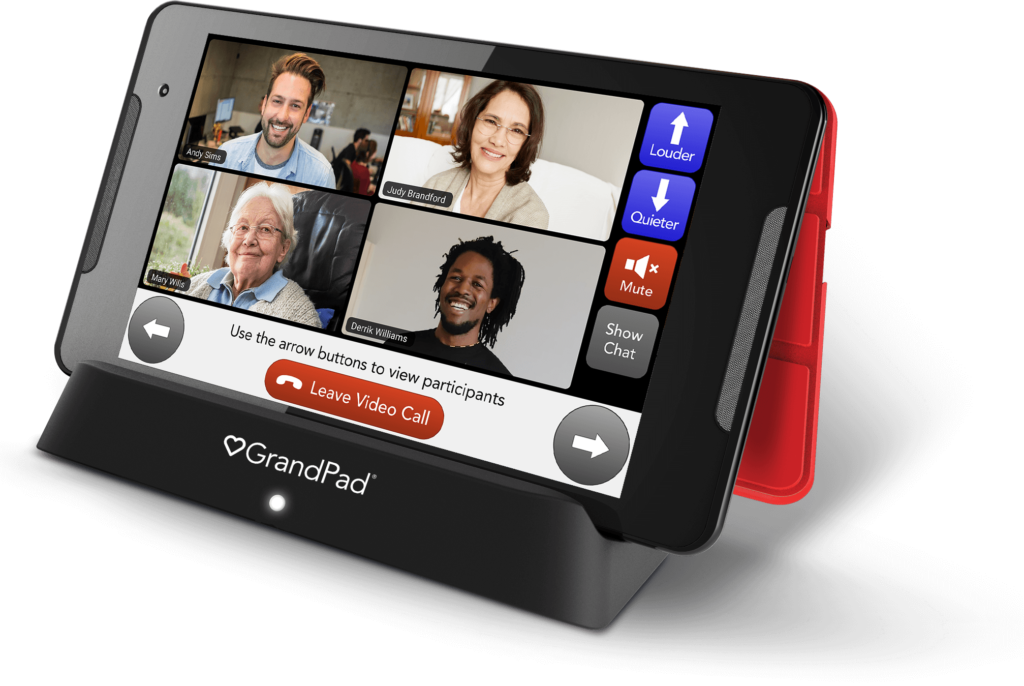
Editor’s note: This is the third article in a series on how loneliness and isolation are affecting seniors at home. It stems from writer Diane Eastabrook’s participation in the 2021 Age Boom Academy, a free training fellowship of the Columbia Journalism School and the Mailman School of Public Health. Read the series here.
Marie Reine-Corbeau and her gray and white cat, Grisette, are inseparable. Living alone in a small upstate New York apartment near the Canadian border, the 98-year-old widow makes sure her furry friend is always at her side.

“When I’m cooking, I put her on a chair near me, so she knows that she’s loved and that she’s not left alone in the living room,” Reine-Corbeau told McKnight’s Home Care Daily Pulse.
While Reine-Corbeau’s attachment to Grisette is not unusual, Grisette is no ordinary cat. She’s an animatronic pet that purrs and meows just like a real feline, occasionally convincing her owner she might actually be real.
“She likes to listen to TV. I don’t know if she can hear. I think so. She seems to be interested when she hears the noise,” Reine-Corbeau explained.
The battery-operated pet came to Reine-Corbeau through the St. Lawrence County Office on Aging via a pilot program launched by New York State in 2018 to address social isolation and loneliness in seniors. The 10 animatronic pets St. Lawrence County gave out to seniors were such a hit, the county has since purchased 30 more at a discounted rate of $100 each.
“We had one client who loved hers so much that she burned the motor out,” St. Lawrence Office on Aging Director Andrea Montgomery told McKnight’s Home Care Daily Pulse. “She actually chose to be buried with it.“
A bridge through isolation
Since the COVID-19 pandemic hit, technology has become an important bridge connecting lonely, isolated seniors to the outside world. Tech companies are pitching a variety of products and services to engage seniors, connect them with family and friends or let them enjoy programs tailored specifically to them. Here are a few:

GrandPad is a senior-focused tablet that operates over wireless broadband on a closed network. Seniors preload contacts onto the systems and with a touch of a button, take part in virtual visits with friends and family, exchange email, share photos and play games.
Nathan Vogt, GrandPad director of Healthcare Initiatives, told McKnight’s Home Care Daily Pulse the systems come ready to use and require no set-up.
“If I ship a GrandPad to an older relative, it’s going to arrive totally configured,” Vogt explained. “They can essentially just pop open the box, set it on the charging cradle and it comes to life.”
GrandPad has inked partnerships with home care agencies, including Home Instead and Comfort Keepers, to provide the tablets to patients so they can connect with care teams and family members to help reduce loneliness.
Other companies are offering ways for seniors to engage virtually through special programs and classes. Last week, healthy life solutions firm Tivity Health announced a partnership with social platform Stitch that will let seniors connect virtually and in person to a variety of programs, including book clubs, crafting and trivia events.
MyHealthAngel is another online community that connects seniors via Zoom to a variety of programs, including lectures, virtual tours of foreign cities, and even yoga instruction. The community, which is part of MyHealthAngel Insurance, launched last spring as a way for seniors to connect with each other and mitigate loneliness during the pandemic.
Co-founder Daniel Feldman told McKnight’s Home Care Daily Pulse the company started offering a couple of classes a week, but in the fall expanded its class offerings to five days because of their growing popularity.
“We open the doors 15 minutes before events start and a lot of people come early and are chit chatting away,” Feldman said. “They’ve created relationships, even though they have never met these people. You can see the dynamic and it’s really a very engaged community.”
Results unproven
Just how effective these technologies are in reducing social isolation and loneliness remains to be seen. Currently, there is scant data on the subject. But the nonprofit Foundation for Social Connection plans to start a research project as early as next year that will study the impact of technology on loneliness.
Aging expert Tom Prohaska, dean emeritus at George Mason University’s College of Health and Human Services, told McKnight’s Home Care Daily Pulse technology can be effective in easing loneliness for some. But, he warns, what helps one senior may not help another.
“The therapeutic element is only as good as how much they want it,” Prohaska explained. “When you work with loneliness, you are working with people who sometimes don’t know exactly what they want, but once they’re exposed to it they find that it’s relevant to them.”
Coming Thursday: How one healthcare executive used a personal experience to tackle loneliness.



